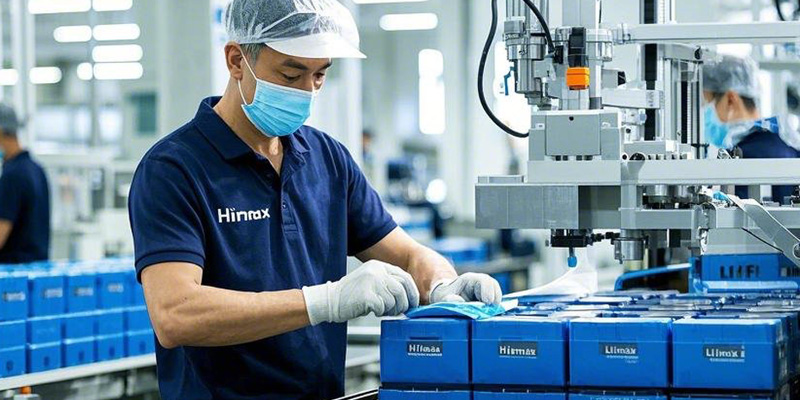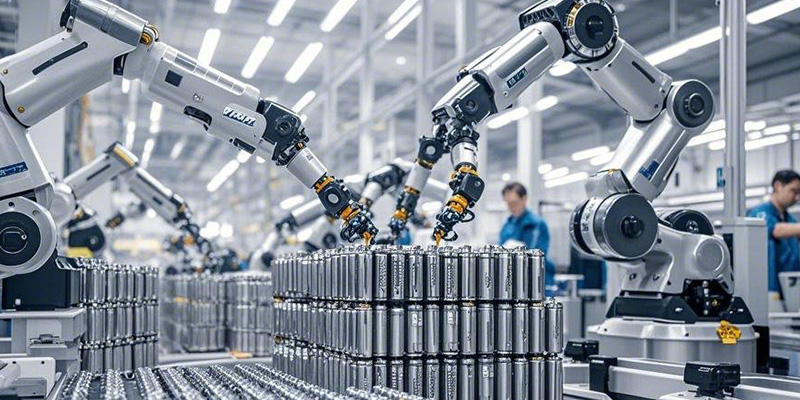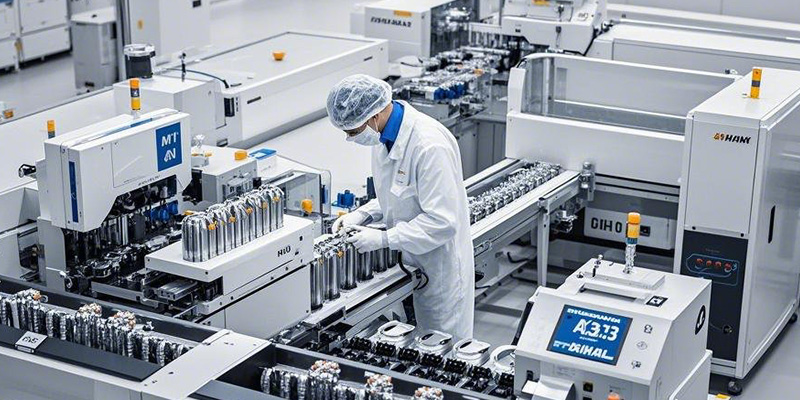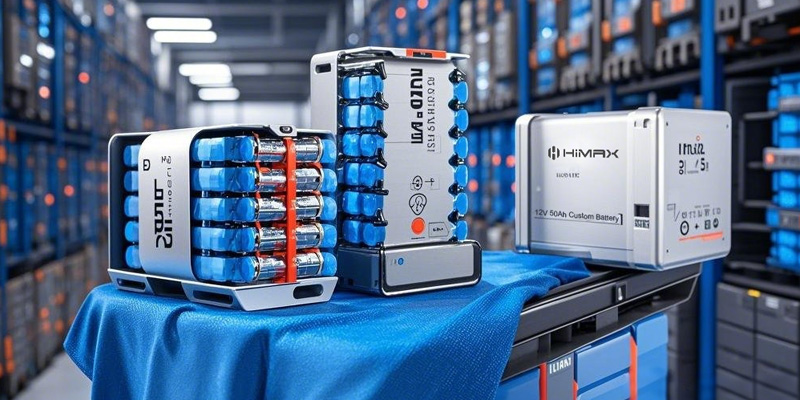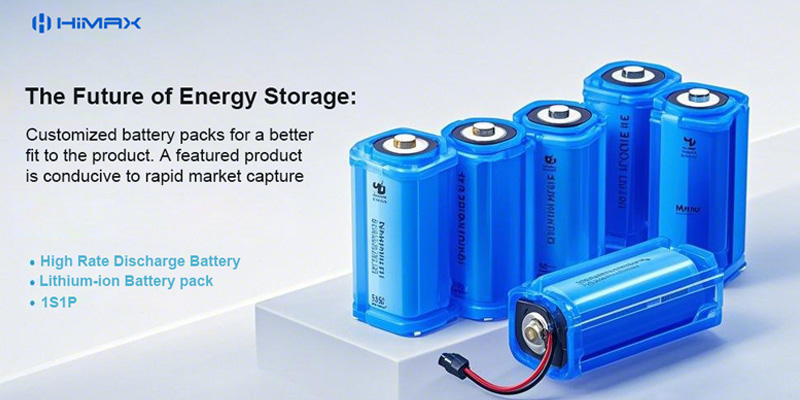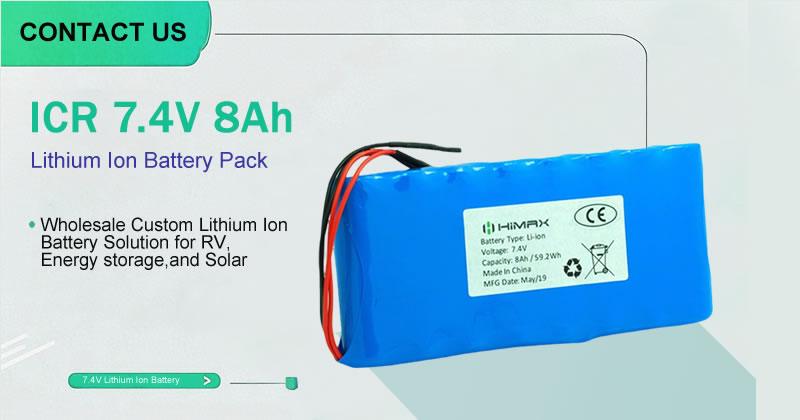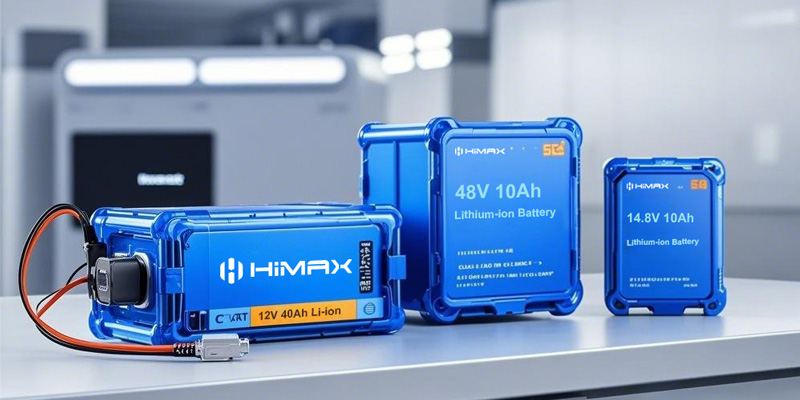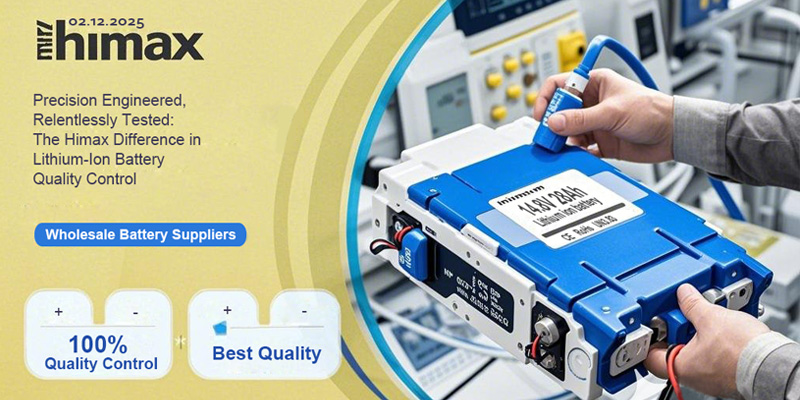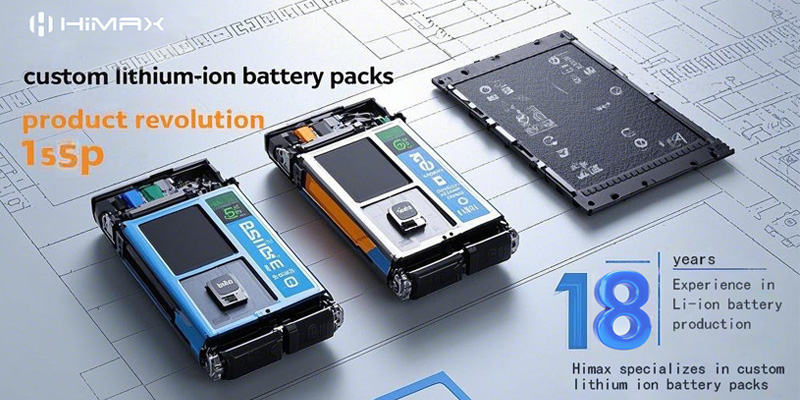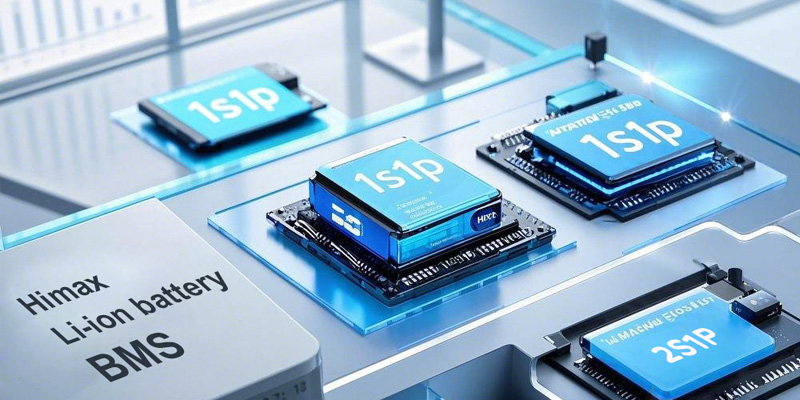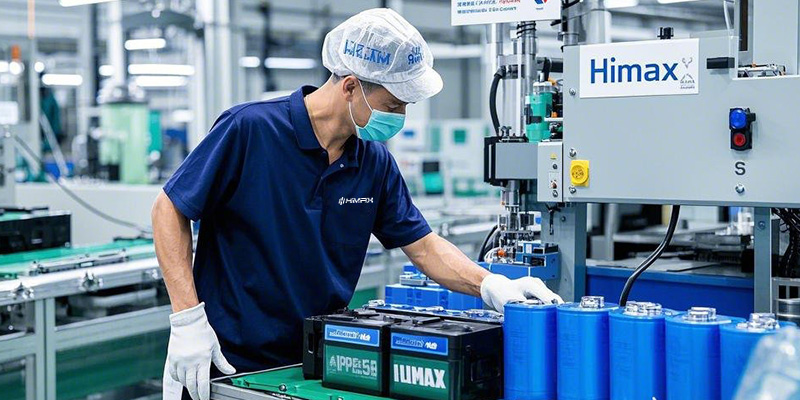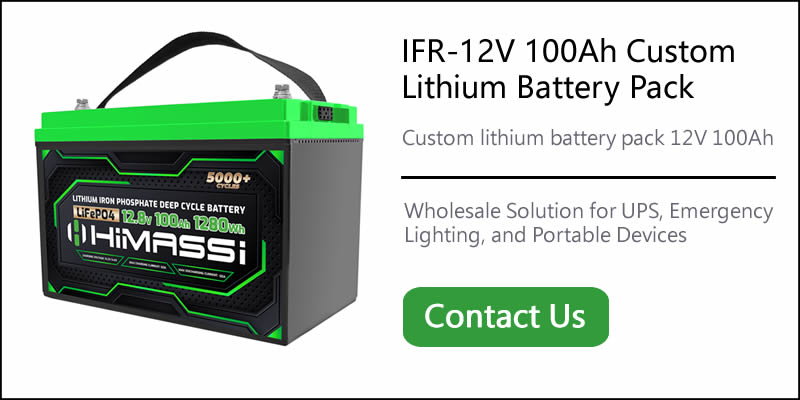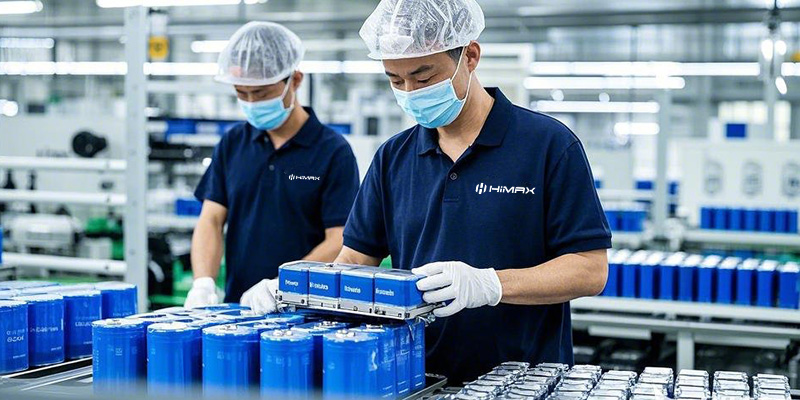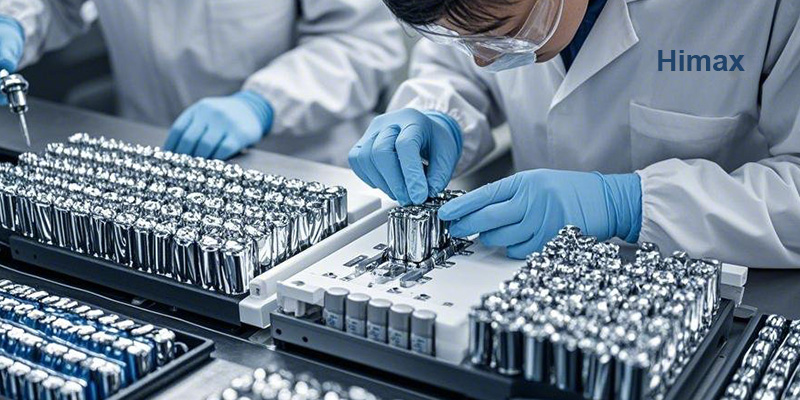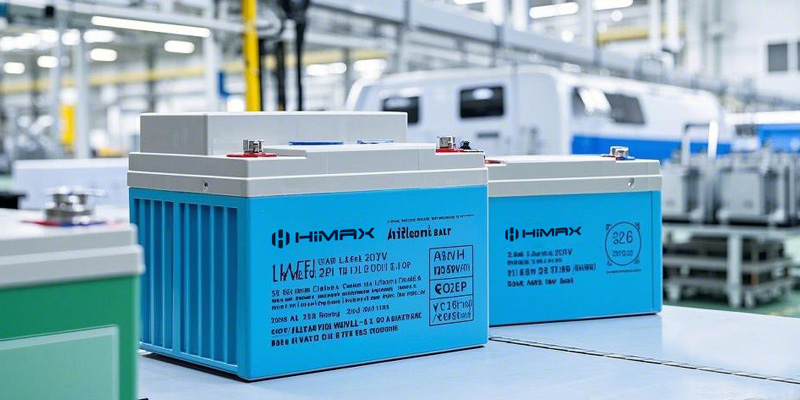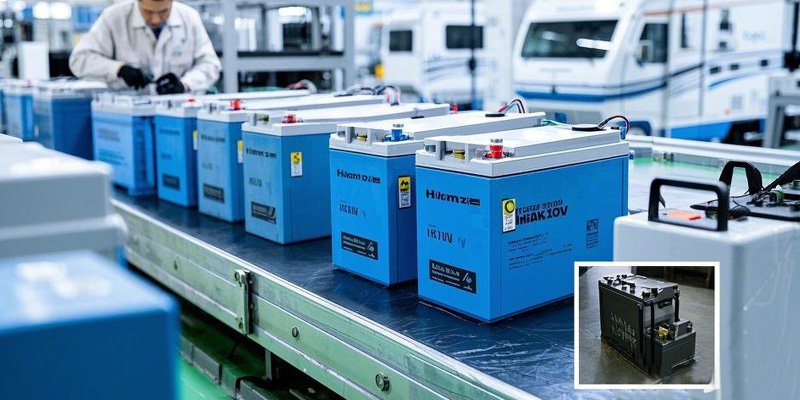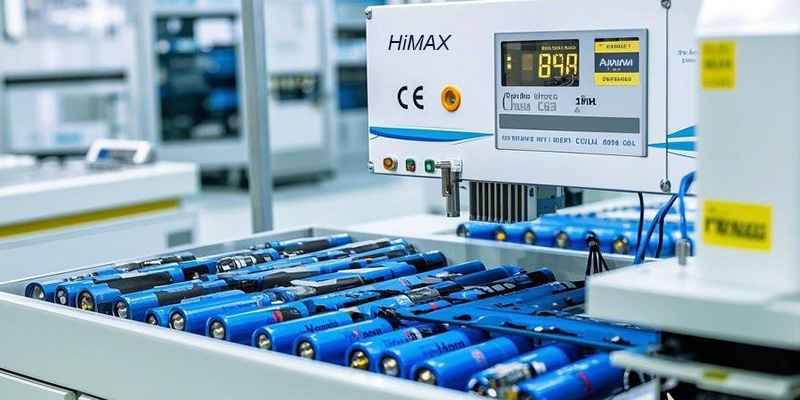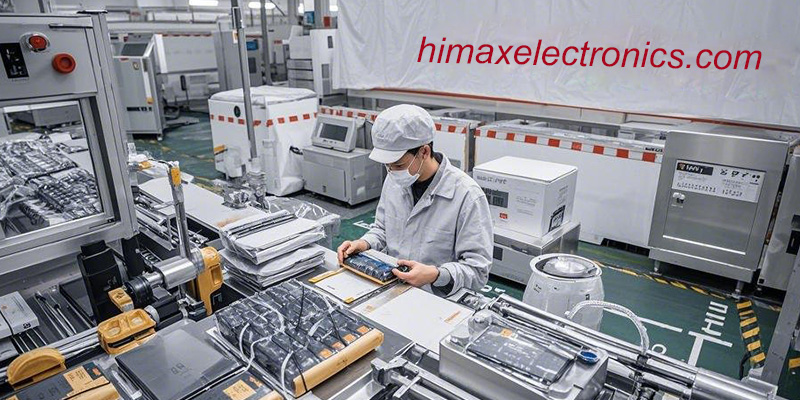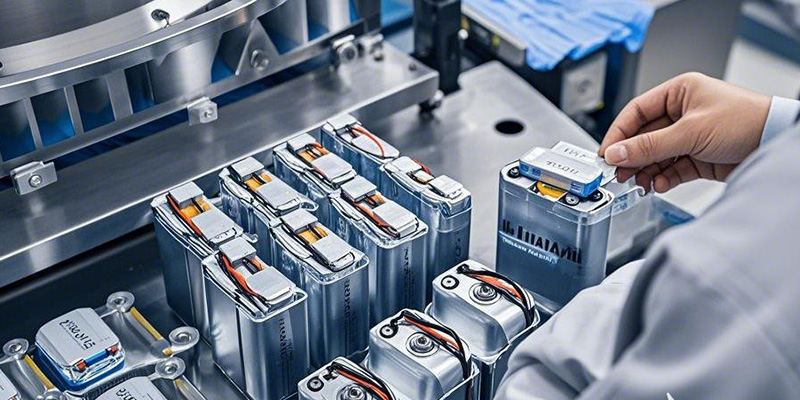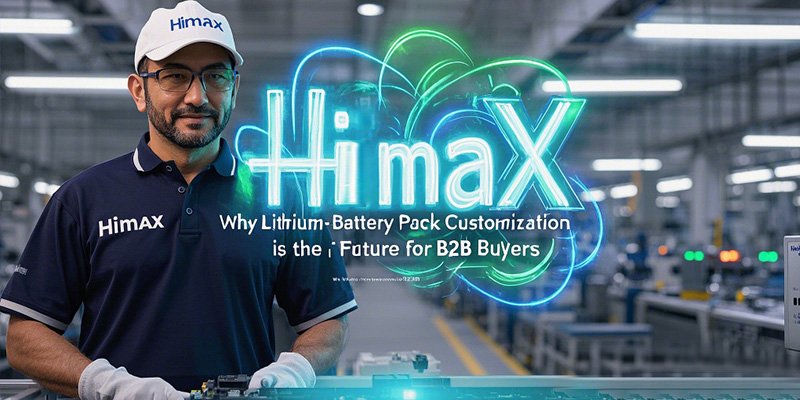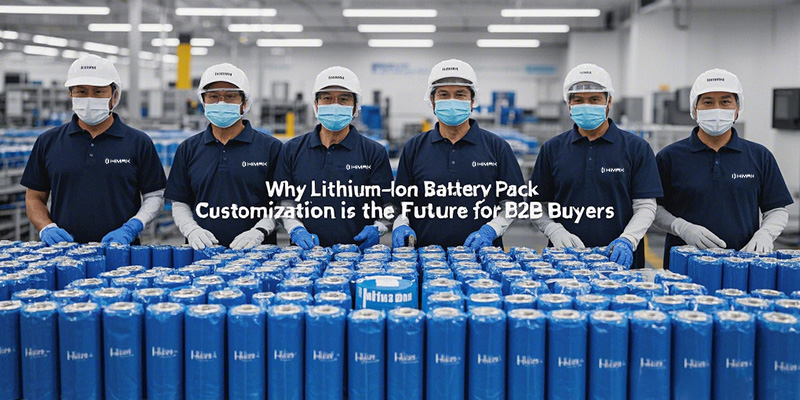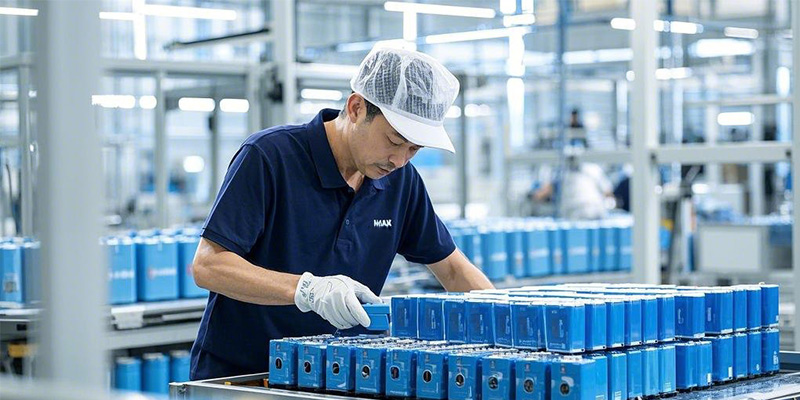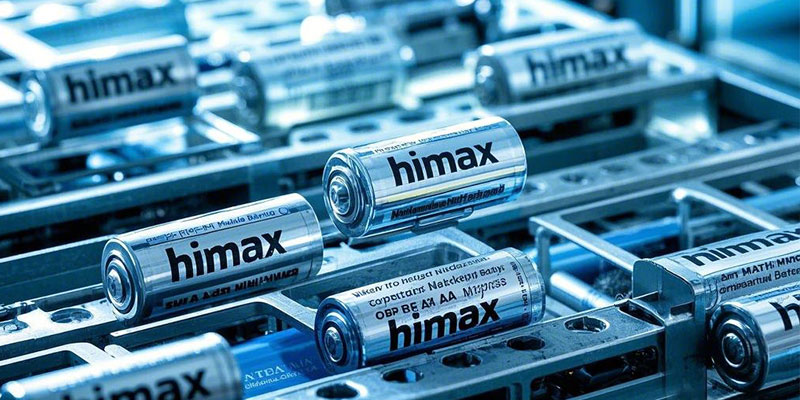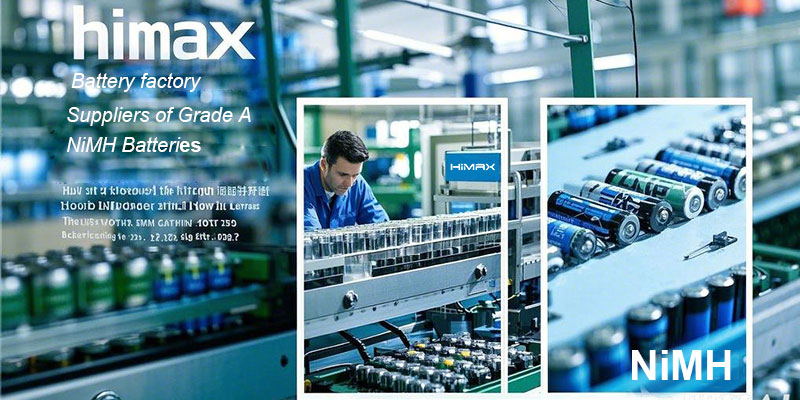Many of the devices that make modern life convenient and efficient rely on rechargeable batteries. Lithium-ion batteries, one of the more common types used, are low cost and work at a high operating voltage, which makes them ideal for many electronic devices and electric vehicles. However, they have recurring issues with declining performance over repeated use and there are rising concerns about the safety of using these batteries as they age.
One of the causes of this decline in performance is the dissolution of the metal ion in the cathode into the electrolyte in the battery. However, it has been difficult to study this process as the amounts in the dissolution are very small. Consequently, to understand what is happening in the battery at the cathode, researchers need to know where, when and how much dissolution is occurring before they can address the problem.
Researchers at Tohoku University have been working on a method to detect and investigate the dissolution of the metal ion in the cathode. Using nuclear magnetic resonance imaging (MRI), they were able to directly observe the dissolution in real time.
The results of their research were published in Communications Materials.
According to Nithya Hellar, a researcher at the Institute of Multidisciplinary Research for Advanced Materials (IMRAM) at Tohoku University, “The results of the present study show that the dissolution of a very small amount of manganese (Mn) can be detected with high sensitivity by MRI and visualized in real time, which can greatly accelerate the speed of research.”
An MRI is a medical imaging technology that uses magnetic fields and radio waves to produce imaging scans. To enhance the visibility of areas of interest in an MRI image, contrast agents such as gadolinium are used. Gadolinium is paramagnetic, and it can alter the magnetic properties of targeted areas, thereby increasing their visibility to the MRI.
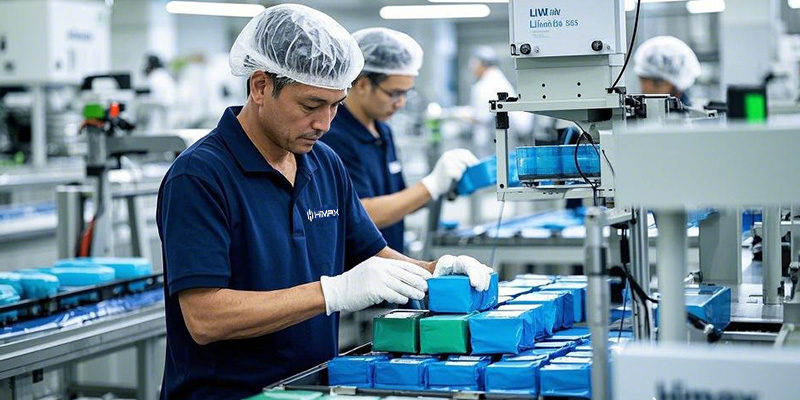
The Tohoku University group was able to use this principle of MRI as the Mn dissoluted from the cathode is paramagnetic. Specifically, they looked at the dissolution of Mn2+ from a spinel-type LiMn2O4 cathode, in a commercial battery electrolyte LiPF6 EC:DMC.
So, if dissolution is occurring it would show up as an increase in signal intensity in the MRI images, and that is exactly what they saw. Using the MRI gave them the ability to directly observe the dissolution as it occurred in real time.
The researchers used this technique to investigate whether an alternative electrolyte system could suppress the dissolution.
Using the MRI, they could observe the dissolution of the metal ion. It also follows that if there was no increase in signal, that dissolution was not occurring.
They tested the electrolyte system LiTFSI MCP developed by researchers from MEET (Munster Electrochemical Energy Technology) Battery Research Center, University of Munster, Germany, which they believed would suppress the dissolution of the metal ion. There was no significant increase in signal intensity on the MRI. From this, they concluded that there was no dissolution occurring.
Using this testing method gives researchers invaluable help in “exploring the metal ion dissolution in any electrochemical systems under different electrochemical conditions, such as changing the electrolyte solution, salt, electrodes, and additives. This identification method may help design lithium battery materials and improve their performance,” said Junichi Kawamura, emeritus professor at Tohoku University.
Looking to the future, there is enormous promise in how this technique can increase the ability of researchers to understand how reactions within these batteries work and how to test alternate battery technology.
“We believe the method developed here can answer the long-time unanswered question of when, where, and how the metal ion dissolution occurs in the lithium-ion battery electrode and can be extended to other electrochemical systems,” said Hellar.
More information: Nithya Hellar et al, Direct observation of Mn-ion dissolution from LiMn2O4 lithium battery cathode to electrolyte, Communications Materials (2025). DOI: 10.1038/s43246-025-00733-2
Journal information: Communications Materials

